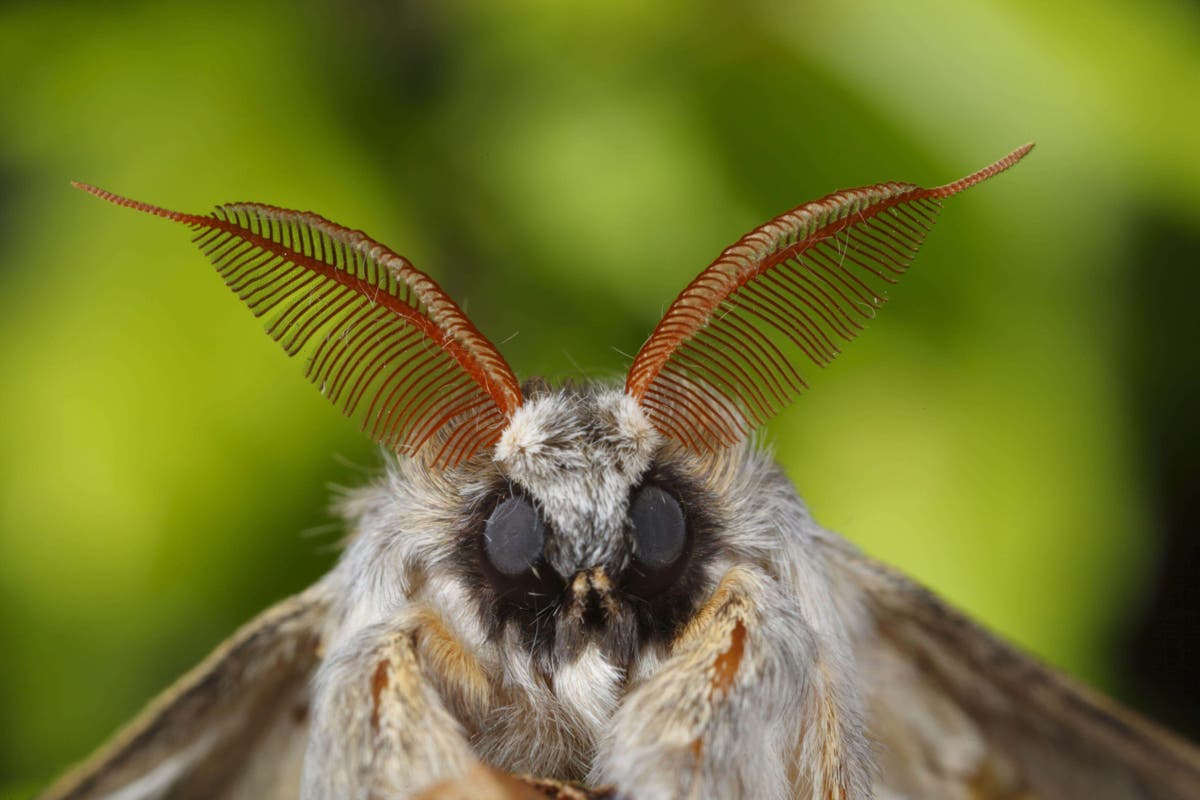We should all be welcoming insects into our garden, pollinating our plants, keeping the food chain going and boosting biodiversity.
There are thought to be as many as 22,400 species of insect across the UK with fewer than 1% of this total considered problematic by gardeners, although some might make you do a second take.
In the run-up to Insect Week, which celebrates insects in all their forms and spreads the message of their important role in maintaining a healthy garden ecosystem, RHS entomologist Josie Stuart selects five fantastic beasts you may see in your garden.
This is the best summary I could come up with:
Strange habits: When first hatched, the caterpillar of the moth feeds entirely on its own eggshell before nibbling on a range of deciduous trees such as birch, hazel and oak.
After turning into the rather less spectacular looking fluffy brown moth, it will set about pollinating plants, mating and serving as a delicacy for larger garden visitors.
Perhaps one of the clumsiest insects to be spotted in gardens in late spring and early summer, the cockchafer grows to 50mm in length, making a whirring noise when in flight and can be forgiven for seeming to struggle to stay up.
Strange habits: The larvae live underground for more than two years, feeding on grass roots, and their chunky bodies provide a great source of food for birds, badgers and other wildlife.
Strange habits: It is capable of buzz pollination, a method used by some bee species, where it dislodges pollen by causing the anthers of the flower to vibrate.
Often seen on larger open flowers such as oxeye daisies on warm sunny days, these stunning, metallic green beetles are superb pollinators owing to their prolific feeding on nectar and pollen.
The original article contains 712 words, the summary contains 189 words. Saved 73%. I’m a bot and I’m open source!



